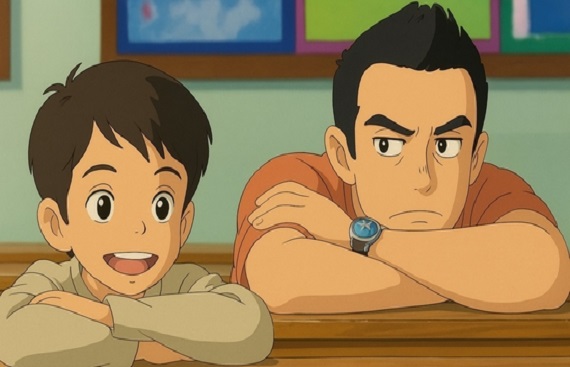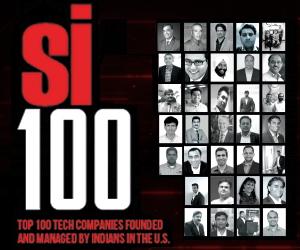OpenAI Faces GPU Challenges as Ghibli-Style AI Art and Image Generation Boom

OpenAI’s image generation features have taken the internet by storm, but the excitement has led to some challenges. Just days after the launch of GPT-4o, which enhanced image generation tools in ChatGPT, OpenAI had to temporarily limit requests due to overheating GPUs. The surge in demand for AI-generated art, especially in the iconic Studio Ghibli style, pushed the system to its limits.
Sam Altman, CEO of OpenAI, shared an update on Twitter, stating, “It’s awesome to see people enjoying images in ChatGPT, but our GPUs are overheating”. He announced that the company would impose temporary rate limits to manage the load, and assured users that the situation would be fixed soon. Altman explained that users on the free tier would soon get three image generations per day, once the system is optimized.
Despite the temporary limits, the demand for AI-generated images only continued to grow. In fact, a few days later, Rohan Sahai, product lead for Sora—OpenAI’s video generation tool shared that the GPUs in the Sora system were also feeling the pressure. Sora allows users to generate videos from text, images, and video inputs, but just like the image generation tool, it also began experiencing delays and capacity issues due to the overwhelming demand. Sahai tweeted, “The demand for 4o image generation has been unreal… sadly, our GPUs are frying in Sora territory too, so expect longer wait times or capacity hiccups in the days ahead.”
This GPU ‘meltdown’ is a direct result of the sudden popularity of the new image generation tools, particularly those capable of creating stunning Ghibli-style art. OpenAI has been using its GPT-4o model to power this feature, which creates lifelike, highly detailed visuals that users can easily customize. The AI can now replicate specific artistic styles with remarkable precision, including Studio Ghibli’s unique aesthetic.
The Ghibli AI art trend began earlier this week when ChatGPT started generating images inspired by the famous animation studio’s style. Known for its soft, soothing vibe, this style quickly became a favorite online. Users began to experiment, creating Ghibli-style renditions of a wide range of subjects, from historical events like the 9/11 attacks and JFK’s assassination, to more lighthearted creations, including reimagined pictures of Sam Altman himself.
The fascination with this art style exploded as more and more users jumped on the bandwagon, pushing OpenAI’s systems to their limits. Even Sam Altman joined in on the fun, changing his Twitter profile picture to a Ghibli-inspired version of himself. He invited users to create new images for him, fueling the growing trend.
Interestingly, OpenAI’s ‘Images for ChatGPT’ feature allows users to experiment with different artistic styles, including those of famous artists. According to the system card for GPT-4o, the model can mimic certain artists’ styles when their names are included in prompts. However, there is a safeguard in place: requests to replicate the style of living artists are blocked. This includes Hayao Miyazaki, the legendary director of Studio Ghibli, who is still alive. While the system allows for the use of Ghibli-style art, it does not specifically replicate Miyazaki’s own work.
This new AI-powered feature has opened up exciting creative possibilities for users, but it has also highlighted the need for OpenAI to optimize its systems. The company is working hard to address the growing demand and ensure that its image and video generation tools can handle the volume of requests. As AI-powered art continues to grow in popularity, OpenAI is striving to balance innovation with system capacity, ensuring that users can keep creating without long wait times or technical issues.
As OpenAI works to manage the increasing demand, it’s clear that the future of AI-powered creative tools is bright, and the popularity of Ghibli-style art is just the beginning of what’s possible with AI.

